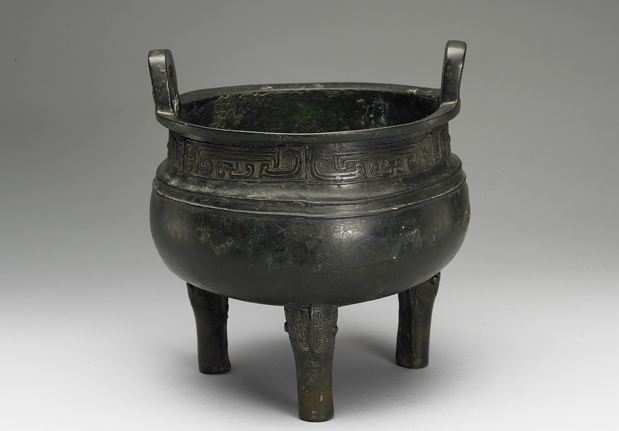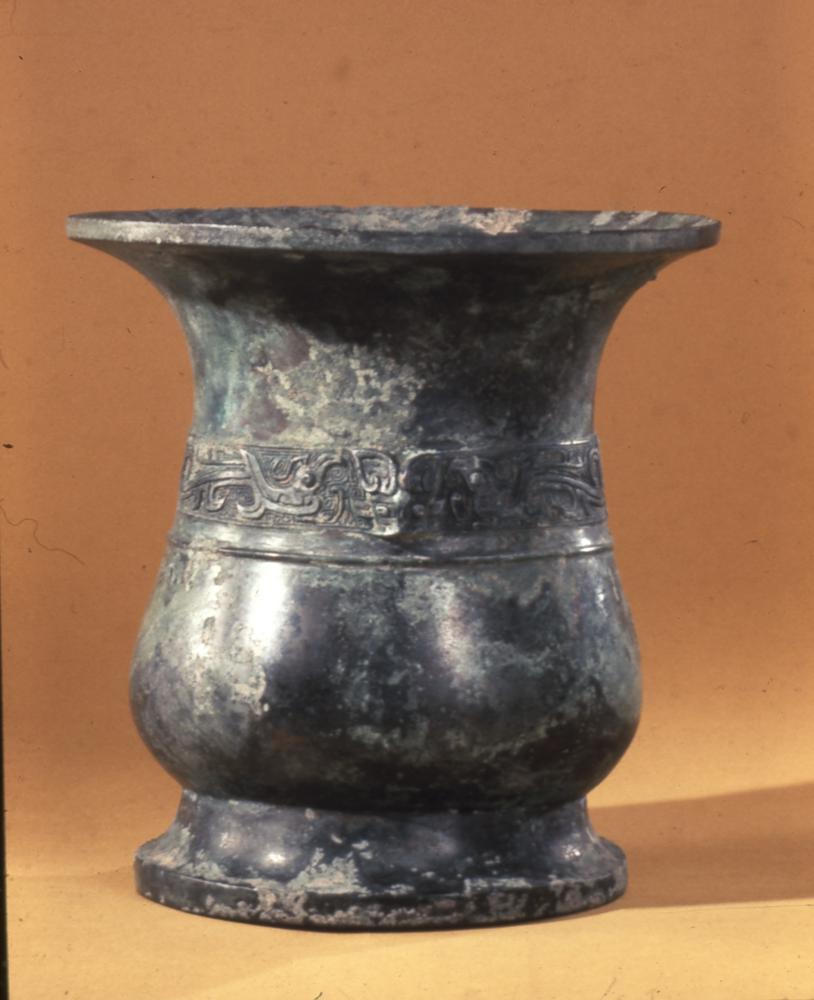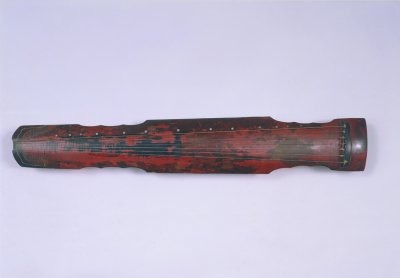Period:Western Han dynasty Production date:2ndC BC-1stC AD
Materials:jade
Technique:polished, pierced, incised,
Subjects:dragon
Dimensions:Length: 13.50 centimetres Width: 3.10 centimetres
Description:
Dragon plaque of very translucent pale green jade with areas of calcification polished to a very high gloss.
IMG
![图片[1]-plaque BM-2022-3034.148-China Archive](https://chinaarchive.net/Western Han dynasty/Jades/504_.jpg)
Comments:The arched and pierced plaque of two confronting dragons with open jaws displaying fanged teeth. Each dragon has a single horn and the bodies are finely incised with hooked curls and striations depicting fur. A diagonal, biconical perforation is at the apex of the plaque and both sides are similarly decorated. See Rawson 1995, p.268, cat.no.17.8. This arc is formed out of a sinuous dragon body that has a head at each end. The heads are turned to look over their backs, and their jaws grasp cloud-like scrolls. Further elements resembling clouds lie beneath the humped body. The whole surface is incised with scrolls and polished to a smooth silky gloss. The reason for the mottled colour may be that the jades were wrapped in a textile. Huang composed of openwork creatures do not appear until the fifth century BC and are represented for example, in the tomb of the Marquis Yi of Zeng (died c.433 BC). The present piece belongs to the Han period and resembles the high-quality elaborate huang from Hebei Ding Xian and Henan Huyaiyang.
Materials:jade
Technique:polished, pierced, incised,
Subjects:dragon
Dimensions:Length: 13.50 centimetres Width: 3.10 centimetres
Description:
Dragon plaque of very translucent pale green jade with areas of calcification polished to a very high gloss.
IMG
![图片[1]-plaque BM-2022-3034.148-China Archive](https://chinaarchive.net/Western Han dynasty/Jades/504_.jpg)
Comments:The arched and pierced plaque of two confronting dragons with open jaws displaying fanged teeth. Each dragon has a single horn and the bodies are finely incised with hooked curls and striations depicting fur. A diagonal, biconical perforation is at the apex of the plaque and both sides are similarly decorated. See Rawson 1995, p.268, cat.no.17.8. This arc is formed out of a sinuous dragon body that has a head at each end. The heads are turned to look over their backs, and their jaws grasp cloud-like scrolls. Further elements resembling clouds lie beneath the humped body. The whole surface is incised with scrolls and polished to a smooth silky gloss. The reason for the mottled colour may be that the jades were wrapped in a textile. Huang composed of openwork creatures do not appear until the fifth century BC and are represented for example, in the tomb of the Marquis Yi of Zeng (died c.433 BC). The present piece belongs to the Han period and resembles the high-quality elaborate huang from Hebei Ding Xian and Henan Huyaiyang.
© Copyright
The copyright of the article belongs to the author, please keep the original link for reprinting.
THE END





